Boundary (hashi)
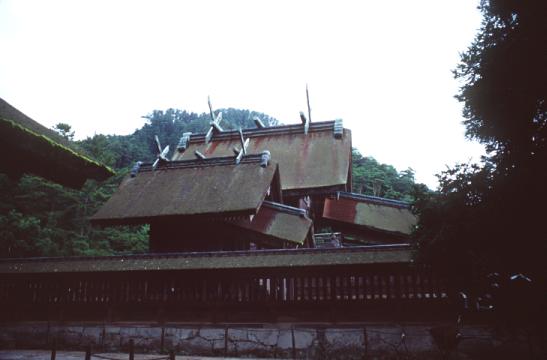
Shaka Trinity
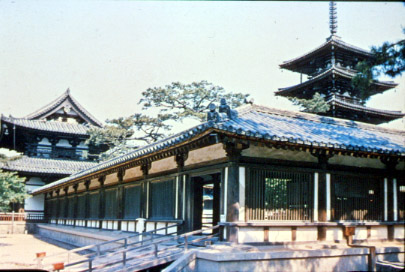
Kichijoten- Tang Lady
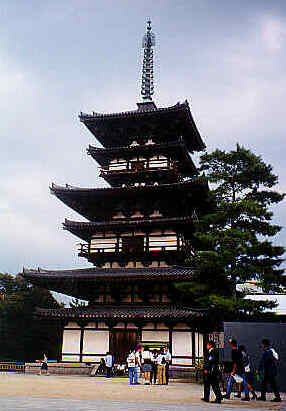
Mandara- Chart of all Buddhas

Warlkagi- hollow Buddha figures with Shinto images inside
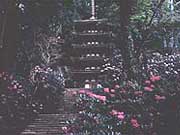

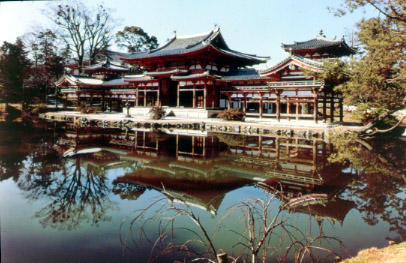
 Eras of Japan
Eras of Japan
"shinto" + Buddhism = Shinto & Buddhism
| Century | Temple | Buddhist | Shinto |
|---|---|---|---|
| 7th | Horyu-ji | Shaka Trinity | Treatment of the Yumedono Kannon Style of the Pagoda |
| 8th | Yakushi-ji | Yakushi (Healing Buddha) Horyuji wall paintings | 2 Pagoda Shinto sketches |
| 9th | Todai-ji | Mahauairocana- Humungous Buddha Figure Mandara- Chart of all Buddhas | A Thunder god figure (Homdichi) in a Hokkedo (a temple with a multi armed Buddha figure) |
| 10th | Muro-ji | Buddha on the outside | Warlkagi- hollow Buddha figures with Shinto images inside Shinto on the inside |
| 11th | Phoenix Hall | Amida- a god who will do anything if one prays with true faith | Inside this Buddha were the ashes of past family members. It is Shinto practice to revere dead family members as gods. |
| Century | Temple | Contents | Picture |
|---|---|---|---|
| prehistoric | Izumo Shrine | Heart Pillar Boundary (hashi) |  |
| 7th | Horyu-ji | Yumedono Kannon Shaka Trinity |  |
| 8th | Yakushi-ji | Yakushi (Healing Buddha) Kichijoten- Tang Lady |  |
| 9th | Todai-ji | Mahauairocana- Humungous Buddha Figure Mandara- Chart of all Buddhas |  |
| 10th | Muro-ji | Haruja- Hollow Figure Warlkagi- hollow Buddha figures with Shinto images inside |   |
| 11th | Phoenix Hall | Amida- a god who will do anything if one prays with true faith |  |